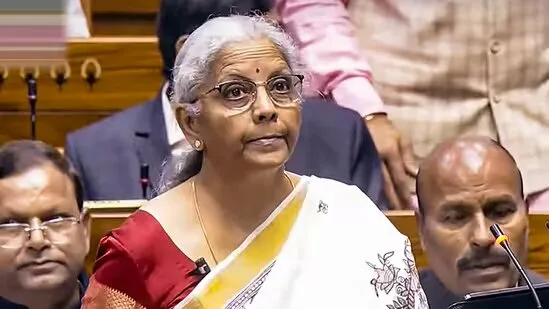
Finance Minister Nirmala Sitharaman, in her Union Budget 2025 speech, announced a major relief for taxpayers by raising the income tax exemption limit to ?12 lakh under the new tax regime, benefiting the middle class. For salaried individuals, this exemption extends up to ?12.75 lakh, factoring in the ?75,000 standard deduction. She emphasized that the revised tax regime simplifies taxation and prioritizes middle-class benefits.
The new tax slabs under the revised regime are:
?0-4 lakh: No tax
?4-8 lakh: 5%
?8-12 lakh: 10%
?12-16 lakh: 15%
?16-20 lakh: 20%
?20-24 lakh: 25%
Above ?24 lakh: 30%
The Finance Minister highlighted the government’s consistent efforts to reduce the tax burden on the middle class, citing past increases in the nil-tax threshold—from ?2.5 lakh in 2014 to ?7 lakh in 2023, and now ?12 lakh in 2025. The revised tax regime significantly reduces effective tax rates across different income levels. For instance, individuals earning ?12 lakh will pay no tax, while those earning ?16 lakh, ?18 lakh, ?20 lakh, and ?25 lakh will benefit from reduced tax liabilities, with effective rates of 7.5%, 8.8%, 10%, and 13.2%, respectively. Even those earning ?50 lakh will see a lower effective tax rate of 21.6%. The estimated revenue forgone due to these changes is ?1 lakh crore.
Taxpayers choosing the old regime can still avail deductions such as ?1.5 lakh under Section 80C (PPF, ELSS, LIC, etc.), ?25,000 under Section 80D (?50,000 for senior citizens), and various exemptions on HRA, LTA, and NPS contributions. Under Section 87A, those with taxable income up to ?5 lakh will continue to have zero tax liability.
Budget 2024 had introduced tax reliefs such as an increased standard deduction, enhanced employer contributions to NPS, and adjustments to capital gains tax—raising short-term capital gains tax from 15% to 20% and long-term capital gains tax from 10% to 12.5%, while increasing the LTCG exemption limit from ?1 lakh to ?1.25 lakh.

Post Your Comments